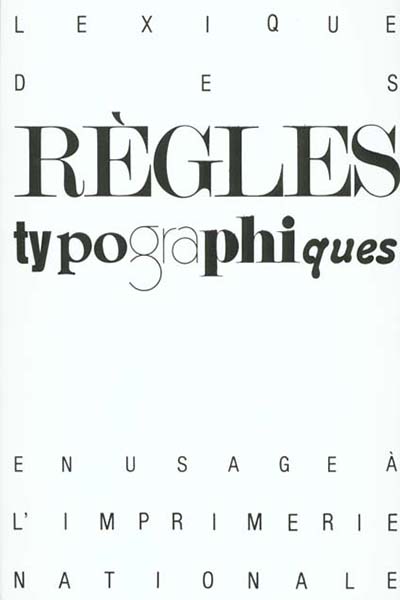 French accents in a nutshell
French accents in a nutshell Acute, circumflex or grave?
The use of accents, which appeared during the renaissance to compensate the scriptural lacks of Latin, is now discussed in French. Today, it's not their use that unchains streaks of passion... but the fear that they could disappear.
Put the accent on the right letter
By writing an accent on the wrong letter or even by omitting it, you may well change the course of a story. Though it's illegal, it's logical that a "voleur vole" (a thief steals). However, an acute accent changes it all! "Voleur volé" means that the thief ends up robbed. The story becomes much less common: our thief steals... but is himself robbed in return. One acute accent is enough to save the moral.
As you can see, in French, accents are not a beauty accessory. In the previous illustration, the accent changes the pronunciation of a vowel. But the acute accent is the only one to be limited to this phonetic function. Grave and circumflex accents have a second use: they help distinguish the meaning of written words that are pronounced identically, such as "ou" (or) and "où" (where).
An invention that dates back to the Renaissance
The three accents gradually appeared in French when Latin character seemed insufficient to transcribe in written form the diversity of sounds in French. Publishers-printers from the Renaissance thus decided to use "diacritical" letters, i.e. modifying the pronunciation of a preceding vowel.
Starting from the 16th century, in order to bring phonetic explanations, signs were added above letters of a word: this is an incredible innovation compared to Latin, which does not have any accent. The first to appear is the acute accent, which is first limited to the last letter of a word. Gradually, the use of the grave and the circumflex accent spreads.
The new guys cause several casualties: they replace certain diacritical letters, and "eschole" or "estre" become "école" (school) and "être" (to be). The hat of the circumflex hides a few hiatuses (such as "âge" that were often written "aage") and the grave eats up double consonants: "fidelle" becomes "fidèle" (faithful), "secrette" becomes "secrète" (secret).
When words raise arguments
However, the use of accents doesn't suit everybody. In the first half of the 17th century, their use is much less widespread than a few decades before. As usual, when it comes to the right use of French language, debates among the elite are often passionate. As early as 1663, writer Corneille defends the extensive use of the grave accent. Published for the first time in 1694, the prestigious "Dictionary" of the French Academy is more cautious about the issue: it recommends to only use the accents in specific cases. For instance, according to the dictionary, the "é" can only be used at the end of a word.
Are the debates less passionate today? Not for sure. In 1990, the Superior Council of the French Language suggested the idea to reduce the use of the circumflex accent. The proposal is part of a batch of measures supposed to simplify the spelling of French language. Scholar debates and excessive arguments pile up. François Mitterand, President of the French Republic at the time, declared in an interview: "I was stunned by the project. I got a little scared and I saved a few accents..."
The reform doesn't last long and the circumflex accent and its two peers are now safe. Now, the danger may come from the Internet, where English is almighty. Spanish speakers are already gathering to save the diversity of their accents. Do French speakers need to do the same? To be continued.

